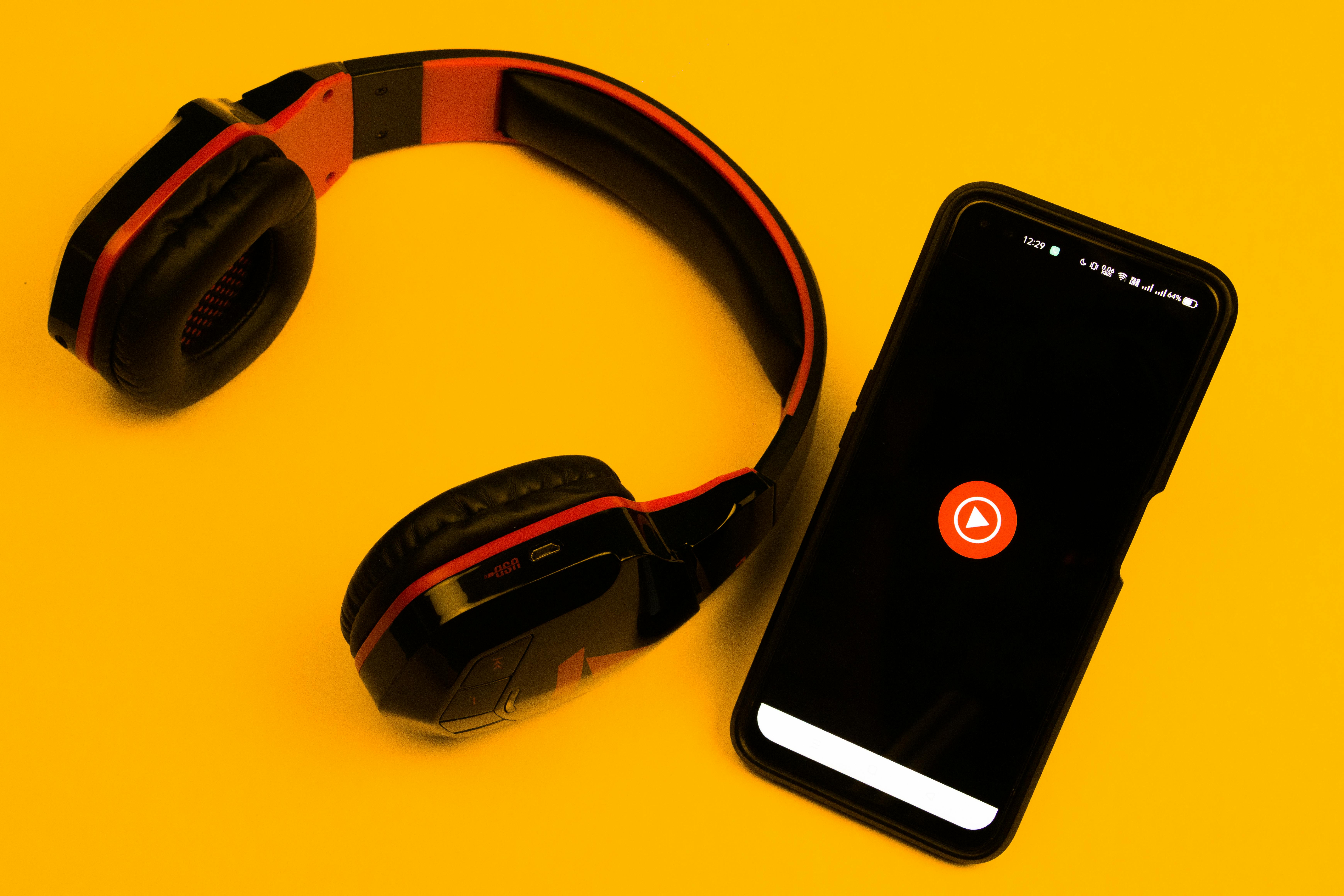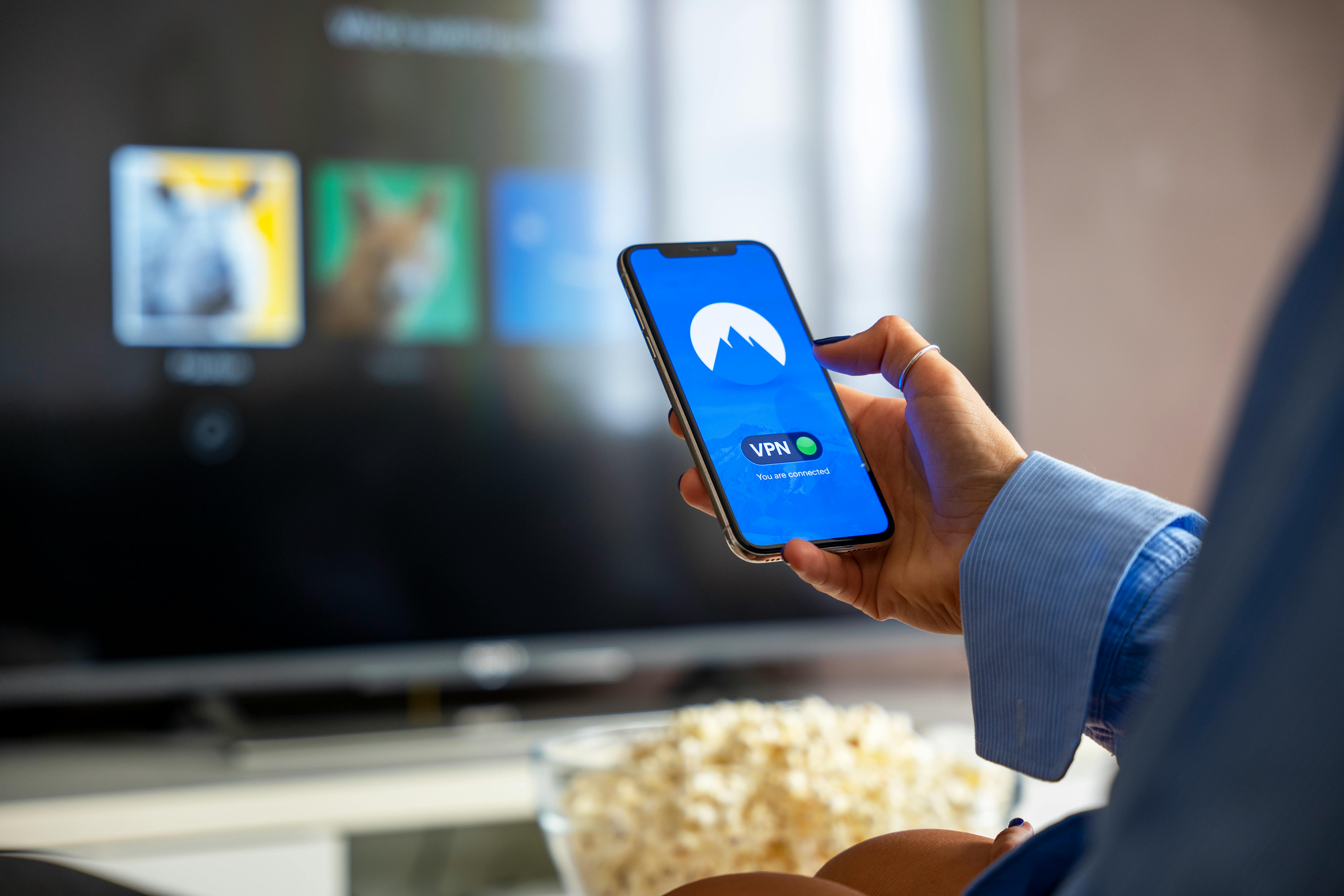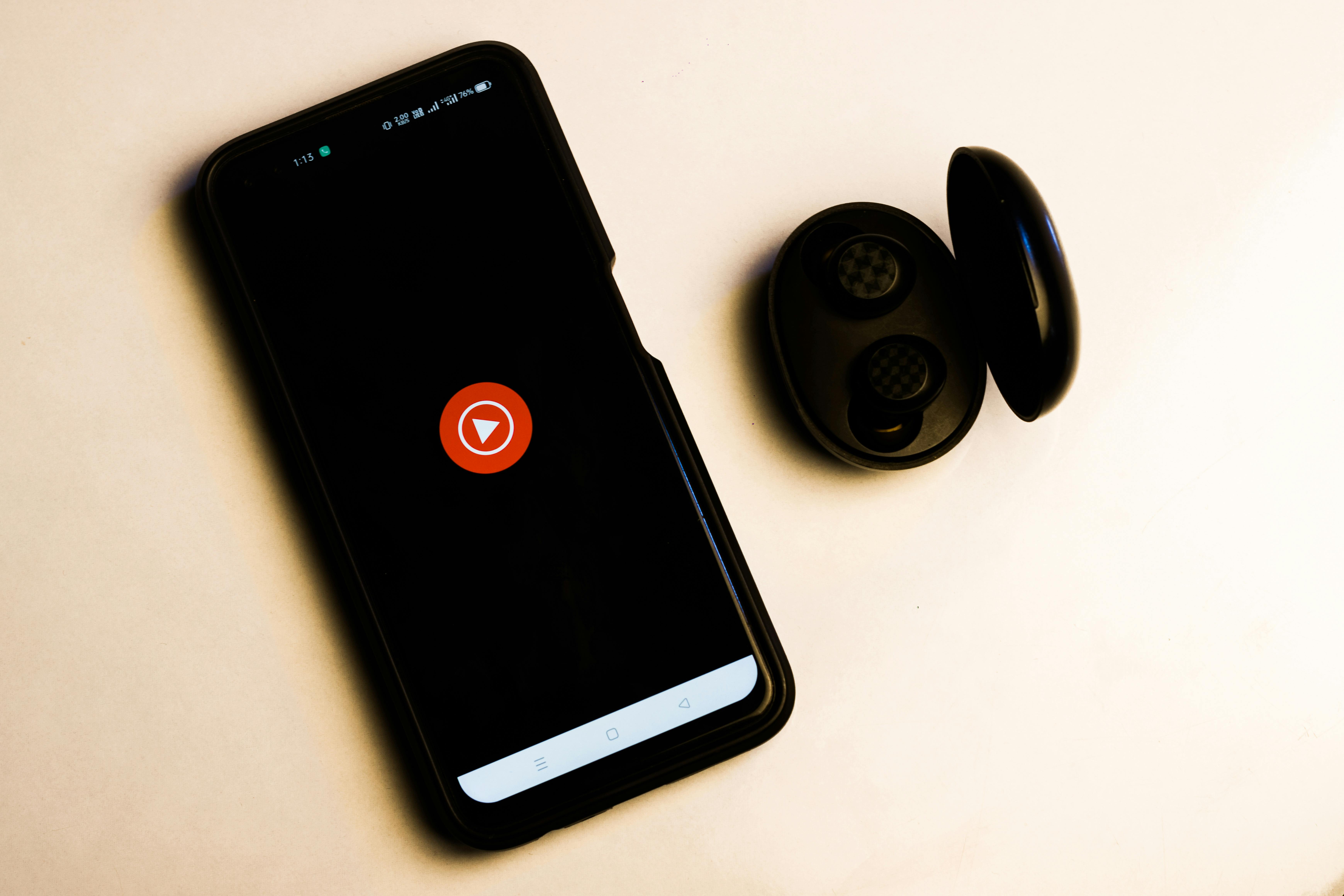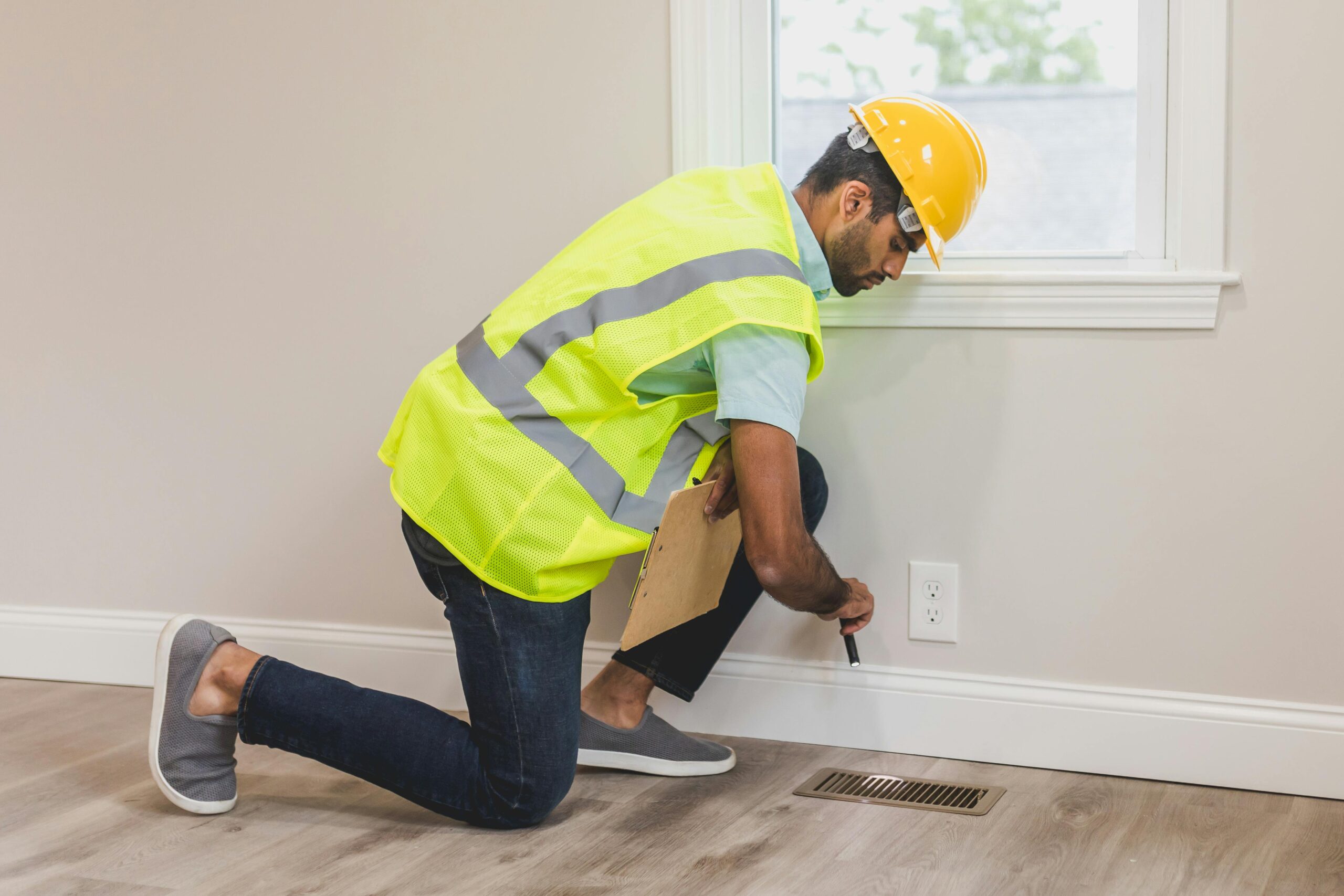Are you fed up with YouTube playback lag on Windows 11? You’re not alone! Many users have reported frustrating delays and buffering issues while trying to enjoy their favorite videos. In this article, we will explore simple tips to help you fix Windows 11 YouTube playback lag and enhance your viewing experience. Whether you’re streaming the latest music videos or binge-watching your favorite series, a smooth playback is essential. But what causes this lag? It could be anything from slow internet speeds to outdated drivers or even background applications hogging your resources.
To start with, let’s dive into the common culprits behind YouTube lagging on Windows 11. One major factor is often poor internet connectivity. Make sure your connection is stable and fast enough for streaming. You can test your internet speed using various online tools. If your speed is fine, the next step is to check for any Windows updates that might improve system performance. Outdated software can lead to compatibility issues, especially with online platforms like YouTube.
Another effective solution is to clear your browser’s cache. Over time, accumulated data can slow down your browsing experience. By regularly clearing your cache, you can free up resources and potentially eliminate playback issues. Additionally, consider disabling any unnecessary browser extensions that might interfere with streaming. If you’ve tried these tips and are still experiencing lag, it may be time to adjust your video quality settings on YouTube itself. Lowering the quality can sometimes provide a smoother playback experience, especially on slower connections. With these strategies, you’ll be well on your way to enjoying uninterrupted YouTube sessions on your Windows 11 device!
10 Proven Techniques to Eliminate YouTube Playback Lag on Windows 11: Boost Your Streaming Experience!

YouTube is one of the most popular platforms for streaming videos, but many users have experienced playback lag on Windows 11. This can be frustrating, especially when you’re trying to enjoy your favorite content. Luckily, there are ways to fix this issue. Below are 10 proven techniques to eliminate YouTube playback lag on Windows 11 and enhance your streaming experience. These tips are simple yet effective, making them accessible for anyone.
Check Your Internet Connection
A slow or unstable internet connection is often the main culprit of YouTube lag. To test this, run a speed test on your browser. Ideally, you should have a download speed of at least 10 Mbps for smooth streaming. If your connection is slow, consider:
- Restarting your router.
- Moving closer to the router if you’re using Wi-Fi.
- Connecting your device directly to the router with an Ethernet cable.
Clear Browser Cache and Cookies
Over time, your browser accumulates cache and cookies that can slow down performance. Clearing them might just do the trick. Here’s how:
- Go to your browser settings.
- Find the option to clear browsing data.
- Select cache and cookies, then clear them.
You should notice improved playback after doing this.
Disable Hardware Acceleration
Sometimes, hardware acceleration can cause issues with video playback. Disabling it can help. In Chrome, go to:
- Settings > Advanced > System.
- Toggle off “Use hardware acceleration when available.”
Restart your browser to see if the lag persists.
Update Your Browser
Using an outdated browser version can lead to compatibility issues with YouTube. Make sure you’re using the latest version of your browser. Most browsers will update automatically, but you can check manually in the settings.
Adjust Video Quality
If your internet connection isn’t strong enough, streaming in lower quality can help. You can change the video quality by clicking the gear icon on the YouTube player and selecting a lower resolution such as 480p or 360p.
Disable Browser Extensions
Some browser extensions can interfere with streaming. Try disabling them one by one to see if any are causing the lag. Extensions that block ads or content can sometimes be problematic.
Enable Experimental Features in YouTube
YouTube has some experimental features that might help with playback issues. You can access these in your YouTube settings. However, they can change frequently or be removed, so keep an eye on updates.
Check for Windows Updates
Windows 11 regularly releases updates that can fix bugs and improve performance. Make sure your operating system is up to date. To check for updates:
- Go to Settings > Windows Update.
- Click “Check for updates.”
Use a Different Browser
If you’re still experiencing lag, try using a different browser to see if the issue persists. Browsers like Edge, Firefox, and Chrome may handle YouTube differently. Sometimes, switching can make a noticeable difference.
Restart Your Computer
Finally, if all else fails, a simple restart can do wonders. Restarting your computer can clear temporary files and reset network connections, potentially fixing playback issues.
By applying these techniques, you can significantly reduce YouTube playback lag on Windows 11. It’s not uncommon to encounter streaming issues, but these tips can help you enjoy your videos without interruptions. Whether it’s a thrilling movie or an informative tutorial, you can enhance your viewing experience. Don’t let lag ruin your time on YouTube—try these strategies out today!
Why Is YouTube Lagging on Windows 11? Discover the Top 5 Causes and Quick Fixes!

YouTube is one of the most popular platforms for video content, but many Windows 11 users have been experiencing lagging issues while trying to enjoy their favorite clips. If you’ve ever asked, “Why is YouTube lagging on Windows 11?”, you’re not alone. This article will explore the top 5 causes of this annoying problem and provide quick fixes to help you get back to smooth streaming.
Network Connectivity Problems
One major reason for lagging on YouTube is poor internet connection. If your Wi-Fi signal is weak or if your connection is slow, you may notice buffering and interruptions during playback. Sometimes, resetting your router can fixes these issues, or try moving closer to the router if you’re using Wi-Fi. A wired connection is often more stable than wireless, so consider using an Ethernet cable for the best performance.
Browser Compatibility
Some browsers don’t work well with YouTube, especially if they are outdated. Make sure you’re using a compatible and updated version of Google Chrome, Firefox, or Edge. Browsers like Internet Explorer are not recommended for streaming videos. If your browser has been acting up, clear the cache and cookies. This can help improve performance. Here’s how you can do this:
- Open your browser settings.
- Find the privacy or history section.
- Select the option to clear browsing data.
- Choose cache and cookies, then confirm.
Hardware Acceleration Settings
Did you know that enabling hardware acceleration can sometimes cause playback problems? It may help in some situations, but for others, it can lead to lagging. To check this setting, go to your browser settings and search for “hardware acceleration.” If it’s enabled, try turning it off and see if that improves your YouTube experience. Conversely, if it’s off, try turning it on. It’s a matter of trial and error, really.
Outdated Graphics Drivers
Another common cause of lagging on YouTube is outdated graphics drivers. Graphics drivers help your computer’s hardware communicate with software, including video playback. If your drivers are old, they might struggle to keep up with video content, resulting in lag. To update your drivers, follow these steps:
- Press the Windows key and type “Device Manager.”
- Expand the “Display adapters” section.
- Right-click on your graphics card and select “Update driver.”
- Follow the prompts to search for updates automatically.
Background Applications
Lastly, background applications can consume valuable resources, causing YouTube to lag. This includes programs that run at startup or those opened while you’re streaming. To check for resource-hungry applications, open the Task Manager by pressing Ctrl + Shift + Esc. Look for apps that are using a lot of CPU or memory and consider closing them while you watch videos.
Quick Tips to Fix Windows 11 YouTube Playback Lag
- Test your internet speed with websites like Speedtest.net.
- Restart your device to free up memory and resources.
- Disable any extensions in your browser that may interfere with video playback.
- Check for Windows updates that might improve system performance.
By understanding these common causes and applying these simple fixes, you can significantly enhance your YouTube experience on Windows 11. Remember, streaming should be smooth and enjoyable, and with a little troubleshooting, you can make lagging a thing of the past. Enjoy your videos!
Unlock Smooth Streaming: 7 Essential Tips to Resolve YouTube Playback Issues on Windows 11

YouTube has become a vital source of entertainment and education for many people. However, when you’re using Windows 11, sometimes the playback can be a bit laggy. This can ruin your viewing experience. In this article, we’ll explore how you can unlock smooth streaming with seven essential tips to resolve YouTube playback issues on Windows 11. Fix Windows 11 YouTube playback lag with these simple tips!
1. Check Your Internet Connection
First things first, your internet connection is crucial. A slow or unstable connection can cause buffering and lag. Run a speed test to see if your internet speed meets YouTube’s requirements. Ideally, for HD videos, you need at least 5 Mbps. If your speed is lower, consider switching your connection type or talking to your internet service provider.
2. Clear Browser Cache and Cookies
Over time, your browser accumulates cache and cookies, which can slow down performance. If you are using Chrome, you can clear these by going into settings, finding the privacy section, and selecting “Clear browsing data.” Make sure to choose the correct time range and include cached images and files. This simple step can greatly improve playback performance.
3. Update Your Browser
A outdated browser can lead to compatibility issues with YouTube. Make sure you’re using the latest version of your preferred browser. If you are using Chrome, for example, simply click the three dots in the upper right corner, go to “Help,” and then “About Google Chrome.” It will automatically check for updates and install them if needed.
4. Disable Hardware Acceleration
Sometimes, enabling hardware acceleration can cause problems. This feature allows your GPU to assist with video playback, but it might not work well with all systems. To disable it, go to your browser settings, find the system settings, and turn off “Use hardware acceleration when available.” You may need to restart your browser for changes to take effect.
5. Adjust Video Quality
If you are experiencing lag, try lowering the video quality. YouTube allows you to change the resolution by clicking the gear icon in the video player. Selecting a lower resolution, like 480p or 360p, can significantly reduce lag, especially if your internet connection is not very fast.
6. Disable Extensions
Having too many browser extensions can slow down the performance. If you have multiple extensions running, try disabling them temporarily. Go to your browser’s extensions settings and turn off any unnecessary extensions. This can help improve YouTube playback speed.
7. Check Windows Updates
Windows 11 may have updates that improve system performance and compatibility. Go to Settings, then Windows Update, and check for any available updates. Keeping your operating system up to date is crucial for smooth performance.
Summary of Tips
- Internet Connection: Ensure adequate speed.
- Clear Cache: Regularly remove cache and cookies.
- Update Browser: Keep your browser current.
- Disable Hardware Acceleration: Sometimes this helps.
- Adjust Video Quality: Lower quality can reduce lag.
- Disable Extensions: Less is more for performance.
- Check Windows Updates: Keep your OS updated.
By following these tips, you should be able to resolve your YouTube playback issues on Windows 11 and enjoy your favorite videos without interruptions. Don’t let lag ruin your experience; take the necessary steps today for smoother streaming!
Frustrated with YouTube Lag? Try These 6 Simple Adjustments on Your Windows 11 Device!

YouTube is a popular platform for streaming videos, but many users finds themselves frustrated by lagging or buffering issues, especially on Windows 11 devices. If you’ve ever been in the middle of enjoying your favorite video and it suddenly freezes, you know how annoying this can be. Don’t worry, though! There are several simple adjustments that you can make to enhance your YouTube playback experience. Here are six tips to fix Windows 11 YouTube playback lag.
Check Your Internet Connection
The first thing you should do when faced with playback lag is to check your internet connection. A slow or unstable connection is often the primary culprit. You can run a speed test using tools like Ookla or Fast.com. Ideally, you should have at least 5 Mbps for standard definition and 25 Mbps for HD streaming. If your connection is slow, consider these options:
- Restart your router.
- Move closer to the Wi-Fi source.
- Disconnect other devices using bandwidth.
Clear Cache and Cookies
Over time, your browser accumulates cache and cookies, which can slow down video playback. Clearing these can give your browser a fresh start. Here’s how to do it on popular browsers:
- Chrome: Go to Settings > Privacy and security > Clear browsing data.
- Edge: Settings > Privacy, search, and services > Clear browsing data.
Remember to select the time range to “All time” for the best results.
Disable Hardware Acceleration
Sometimes, enabling hardware acceleration can actually cause issues instead of fixing them. Disabling this feature might improve your playback. Here’s how you can do it:
- In Chrome: Open Settings > Advanced > System. Toggle off “Use hardware acceleration when available.”
- In Edge: Go to Settings > System and performance, and turn off “Use hardware acceleration when available.”
Update Your Graphics Drivers
Outdated graphics drivers can also lead to playback issues. Keeping your graphics drivers up to date is crucial for smooth video playback. You can do this by:
- Visiting the manufacturer’s website (like NVIDIA, AMD, or Intel).
- Using Windows Device Manager to check for updates:
- Right-click the Start button, select Device Manager,
- Expand “Display adapters,” right-click your graphics card, and select “Update driver.”
Adjust Video Quality
If your internet connection isn’t the fastest, consider lowering the video quality on YouTube. You can do this by clicking on the gear icon in the video player and selecting a lower resolution like 480p or 360p. This can significantly reduce buffering and lag.
Use a Different Browser
Sometimes, the browser you use might be the problem. If you notice lag in one browser, try switching to another. For instance, if you’re using Chrome, try Edge or Firefox. Each browser has a different way of handling YouTube playback and you might find one performs better than the other.
Final Thoughts
YouTube lag can be annoying, but by applying these tips, you can optimize your Windows 11 device for a smoother streaming experience. Remember, it’s about trial and error to see what works best for you. With the right adjustments, you’ll be back to enjoying your favorite videos in no time!
Maximize Your Viewing Pleasure: How to Fix YouTube Playback Lag in Windows 11 with These Expert Tips

YouTube is one of the most popular video platforms out there, but playback lag can really ruin your experience. If you’re using Windows 11, you might have run into this annoying problem. Don’t worry, with some simple tweaks and expert tips, you can fix Windows 11 YouTube playback lag and get back to enjoying your favorite videos without interruptions.
Check Your Internet Connection
First thing first, a slow internet connection is usually the main culprit. You should check your Wi-Fi speed. You can use websites like Speedtest.net to see if your internet connection is up to scratch. If it’s lower than what you pay for, you might need to reset your router or contact your Internet Service Provider (ISP).
- Test Your Internet Speed:
- Go to Speedtest.net.
- Click on “Go” and wait for the test to complete.
- If your speed is slow, consider these options:
- Restart your router.
- Move closer to the router.
- Limit the number of devices using the same connection.
Clear Browser Cache
Another common reason for playback lag is a cluttered browser cache. Over time, your browser collects a lot of temporary files, which can slow down performance. You should clear your cache regularly to keep things running smoothly.
- How to Clear Cache in Chrome:
- Click on the three dots in the upper right corner.
- Go to “More tools,” then click on “Clear browsing data.”
- Select “Cached images and files.”
- Click “Clear data.”
Disable Hardware Acceleration
In some cases, the hardware acceleration feature might cause issues with video playback. Disabling this can sometimes help fix lag. It’s especially true if your graphics card drivers are out of date or not performing well.
- How to Disable Hardware Acceleration in Chrome:
- Go to settings by clicking on the three dots.
- Scroll down and click on “Advanced.”
- Under the “System” section, toggle off “Use hardware acceleration when available.”
Update Graphics Drivers
Keeping your graphics drivers updated is crucial for smooth video playback. An outdated driver can create conflicts, leading to lag. You can manually check for updates or use the Device Manager to see if there’s an update available.
- Updating Graphics Drivers:
- Right-click on the Start button and select “Device Manager.”
- Expand the “Display adapters” section.
- Right-click on your graphics card and choose “Update driver.”
Try Different Browsers
Sometimes the issue might not be with your system but with the browser itself. If you’re experiencing lag in one browser, try switching to another one. Chrome, Firefox, Edge, and Opera all offer unique features and might handle YouTube playback differently.
- Browser Comparison:
- Google Chrome: Fast but can be resource-heavy.
- Mozilla Firefox: Good privacy features, sometimes less lag.
- Microsoft Edge: Optimized for Windows, often the smoothest experience.
- Opera: Built-in ad blocker and free VPN might help with performance.
Adjust Video Quality
Lastly, if your internet speed is not the best, you might want to lower the video quality on YouTube. Streaming in 4K takes a lot of bandwidth, and if your connection can’t handle it, you’ll definitely see lag.
- How to Change YouTube Video Quality:
- Click on the gear icon in the bottom right of the video.
- Select “Quality.”
- Choose a lower resolution like 720p or 480p.
With these simple tips, you can fix Windows 11 YouTube playback lag easily. It’s all about optimizing your settings and ensuring that your internet connection is strong enough. Enjoy your viewing pleasure, and don’t let lag spoil your fun!
Conclusion
In conclusion, addressing YouTube playback lag on Windows 11 involves a combination of troubleshooting techniques that can enhance your viewing experience. We explored various solutions, including updating graphics drivers, adjusting hardware acceleration settings, clearing browser cache, and ensuring a stable internet connection. Additionally, we discussed the importance of using a compatible browser and keeping Windows 11 up to date to prevent performance issues. By following these steps, you can significantly reduce lag and enjoy seamless streaming on YouTube. If you continue to experience problems, consider reaching out to support forums or exploring alternative browsers. Remember, a smoother viewing experience is just a few adjustments away. Don’t let playback lag ruin your enjoyment; take action today and immerse yourself in high-quality content without interruptions.

